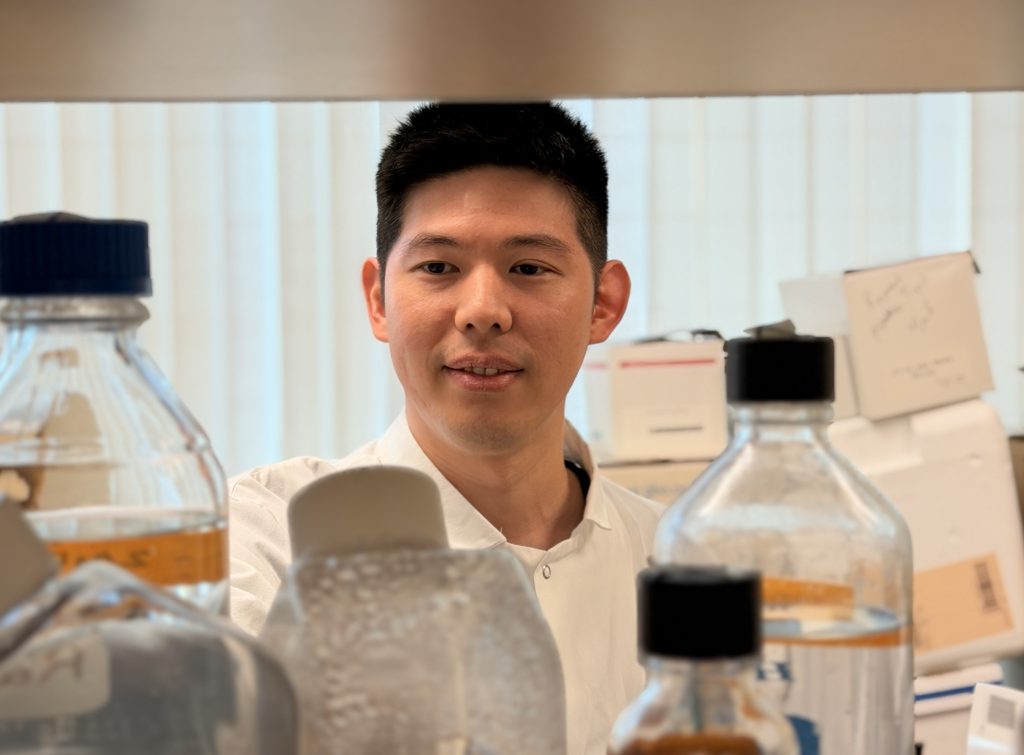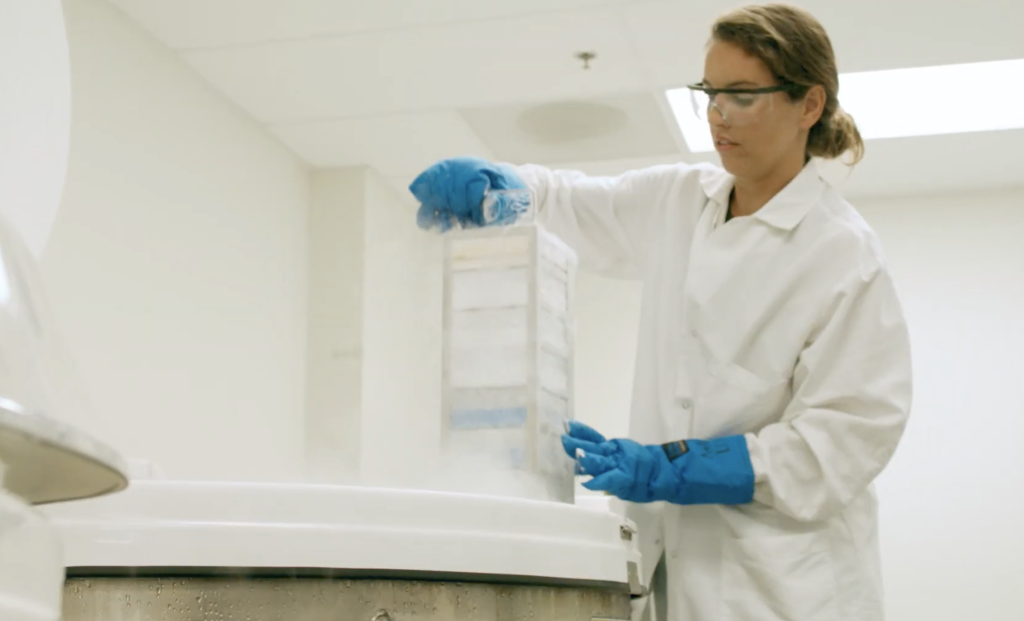Non-lymphoid structural cells of tissues are recipients of inflammatory signals from immune cells, but they also make inflammatory products that can affect the migration, localization, and activity of immune cells in the tissues. Together this contributes to the pathologic changes that are seen in many diseases. In particular, epithelial cells, fibroblasts, and smooth muscle cells can become deregulated and contribute to fibrosis and tissue remodeling that impair normal organ functioning. This is often seen in chronic forms of autoimmunity or severe inflammatory diseases such as asthma or atopic dermatitis with overexuberant responses to allergens. TNF, that is the target of many FDA approved drugs for diseases such as psoriasis and rheumatoid arthritis, contributes to these processes as its primary receptor TNFR1 is expressed on most non-lymphoid structural cells. Similarly, a number of other TNF family receptors have now been found expressed on structural cells and their signals can bring about changes that are characteristic of disease. This includes driving the production of extracellular matrix proteins such as collagen, fibronectin, and fibrillin, that are products of fibroblasts and epithelial cells, and can restrict cellular spaces within tissues. It also includes making inflammatory cytokines such as TSLP and IL-33, or various chemokines, that act on many immune cell types, such as eosinophils, neutrophils, and macrophages, to promote their movement into tissues and drive their functional responses. Further activities include causing the differentiation of fibroblasts into smooth muscle-like cells, and also inducing an increase in the mass of smooth muscle cells and their contractility. The lab is currently focusing on how LIGHT, TL1A, and TWEAK promote responses in structural cells linked to diseases of the lung and skin, including asthma, idiopathic pulmonary fibrosis, systemic sclerosis, atopic dermatitis and psoriasis. Understanding how these TNF family proteins act, and how their combined signals drive tissue pathology, is likely to lead to new therapeutic approaches for limiting and resolving these types of disease.
Selected References
Doherty, T.A., Soroosh, P., Fukuyama, S., Cho, J.Y., Scheu, S., Pfeffer, K., Zuraw, B.L., Ware, C., Broide, D.H., and Croft, M. 2011. The TNF family member LIGHT is a target for asthmatic airway remodeling. Nature Medicine. 17:596.
Doherty, T.A., Khorram, N., Kotaro, Sheppard, D, Rosenthal, P., Cho, J.Y., Pham, A., Miller, M., Croft, M., and Broide, D. 2012. Alternaria induces STAT-6 dependent acute airway eosinophilia and epithelial FIZZ1 expression that promotes airway fibrosis and epithelial thickness. Journal of Immunology. 188:2622.
Herro, R., Da Silva Antunes, R., Roman Aguilera, A.R, Tamada, K., and Croft, M. 2015. Tumor necrosis factor superfamily 14 (LIGHT) controls thymic stromal lymphopoietin to drive pulmonary fibrosis. Journal of Allergy and Clinical Immunology. 136:757.
Da Silva Antunes, R., Madge, L., Soroosh, P., Tocker, J., and Croft, M. 2015. The TNF family molecules LIGHT and lymphotoxin ab induce a distinct steroid-resistant inflammatory phenotype in human lung epithelial cells. Journal of Immunology. 195:2429.
Herro, R., Da Silva Antunes, R., Aguilera, A.R., Tamada, K., and Croft, M. 2015. The tumor necrosis factor superfamily molecule LIGHT promotes keratinocyte activity and skin fibrosis. Journal of Investigative Dermatology. 135:2109.
Herro, R., and Croft, M. 2016. The control of tissue fibrosis by the inflammatory molecule LIGHT (TNF superfamily member 14). Pharmacology Research. 104:151.
Sidler, D., Wu, P., Herro, R., Claus, M., Kawakami, Y., Kawakami, T., Burkly, L, and Croft, M. 2017. TWEAK mediates inflammation in experimental atopic dermatitis and psoriasis. Nature Communications. 8:15395.
Herro, R., Shui, J., Zahner, S., Sidler, D., Kawakami, Y., Kawakami, T., Tamada, K., Kronenberg, M., and Croft, M. 2018. LIGHT-HVEM signaling in keratinocytes controls development of dermatitis. Journal of Experimental Medicine. 215:415.
Mehta, A.K., Doherty, T.A., Broide, D., and Croft, M. 2018. Tumor necrosis factor family member LIGHT acts with IL-1 and TGF- to promote airway remodeling during rhinovirus infection. Allergy. 73:1415.
Da Silva Antunes, R., Mehta, A.K., Madge, L., Tocker, J., and Croft, M. 2018. TNFSF14 (LIGHT) exhibits inflammatory activities in lung fibroblasts complementary to IL-13 and TGF-. Frontiers in Immunology. 9:576.


